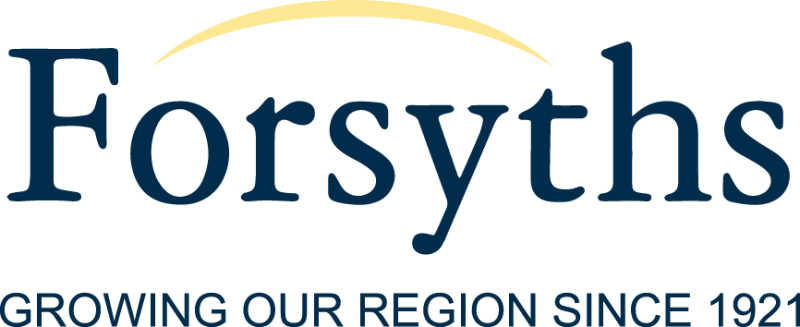
Financing motor vehicles
A common question facing businesses is how to finance and account for the acquisition of a motor vehicle. There are numerous ways that
can be used, with each having unique taxation treatment.
1. Outright Purchase
The advantage of purchasing a vehicle outright, as opposed to financing the acquisition of the vehicle, is that there will be no ongoing
costs of finance. This may not be such a big issue in these times of relatively low interest rates. It wasn’t that long ago, however, that
interest rates were not so low, which would have substantially increased the monthly payment and added significant cost to the overall
purchase price. That said, the outright purchase of a vehicle can impact greatly on the cash resources of an entity when those funds may be
better utilised elsewhere in the business. It is far easier to obtain finance for the acquisition of a vehicle than it is for the
acquisition of trading stock. Care should therefore be taken not to cripple the entity’s cash flow if considering an outright purchase.
From an income tax standpoint, any deduction for depreciation can usually be claimed upfront under temporary full expensing, however claims
may be limited by the car limit (which is currently $60,233).
2. Lease
Rather than choosing to acquire the car outright, the business may elect to finance the acquisition of the vehicle. The central issue that
surrounds any form of financing, and how it is to be accounted for, is whether the person providing the asset under the finance arrangement
is the legal owner of that asset. This issue goes to the heart of how the finance transaction is to be treated and is often the subject of
ATO scrutiny.
It is important not to claim deductions for what appear to be lease payments when in fact the finance arrangement is a hire purchase or
similar type of transaction. The only way to identify the difference is to read the terms and conditions of the finance agreement. The
arrangement will be of a nature of a lease when:
- There is no option to purchase the vehicle written into the agreement, and
- The residual value reflects a bona fide estimate of the vehicle’s market value at termination. If these two conditions are not met, the finance agreement will generally be a hire purchase or other instalment type agreement. In effect, a leasing document identifies the owner of the vehicle as being the lessor with the lessee merely renting the vehicle from them for regular fixed instalments. Under a leasing arrangement, the lease payments are deductible to the extent the vehicle is used for income producing purposes.
3. Hire Purchase
Essentially, a hire purchase arrangement is an agreement to purchase goods by instalments. The term hire purchase is defined in section
995-1 of the Income Tax Assessment Act 1997 as: “a contract for the hire of goods where: i) the hirer has the right or obligation to buy
the goods; and ii) the charge that is or may be made for the hire, together with any other amount payable under the contract (including an
amount to buy the goods or to exercise an option to do so), exceeds the price of the goods; and iii) title in the goods does not pass to
the hirer until the option to purchase is exercised; or iv) where title in the goods does not pass until the final instalment is paid.”
Unlike a lease where there is no obligation to acquire the goods at the end of the instalment period, a hire purchase arrangement provides
for this obligation and as such the goods will be eventually owned by the hirer. An income tax deduction may will generally be allowable in
respect of the depreciation or decline in value of the motor vehicle acquired. Again, depreciation may be limited by the car limit – see
earlier.
4. Chattle Mortgage
A chattel mortgage as a form of finance treats the purchaser of the goods as the owner of the goods as if they had acquired them outright
but have borrowed in order to do so. They are effectively treated as owning the goods from the outset of the arrangement, but the financier
has a mortgage over it until the car loan is paid including any balloon payment. This is unlike a hire purchase which views the purchaser
as the eventual owner only on payment of the final instalment.
An income tax deduction may be allowable in respect of the depreciation or decline in value of the motor vehicle acquired. Again,
depreciation may be limited by the car limit.
Under this form of finance, you may also be able to claim the interest payments as a tax deduction.
Talk to your Forsyths Accountant about the best option for your business.



